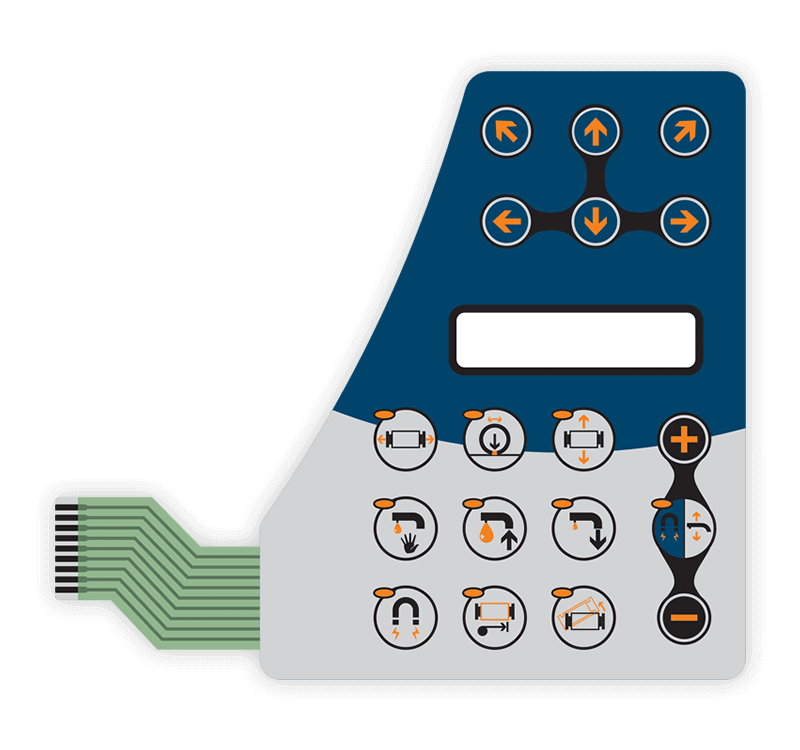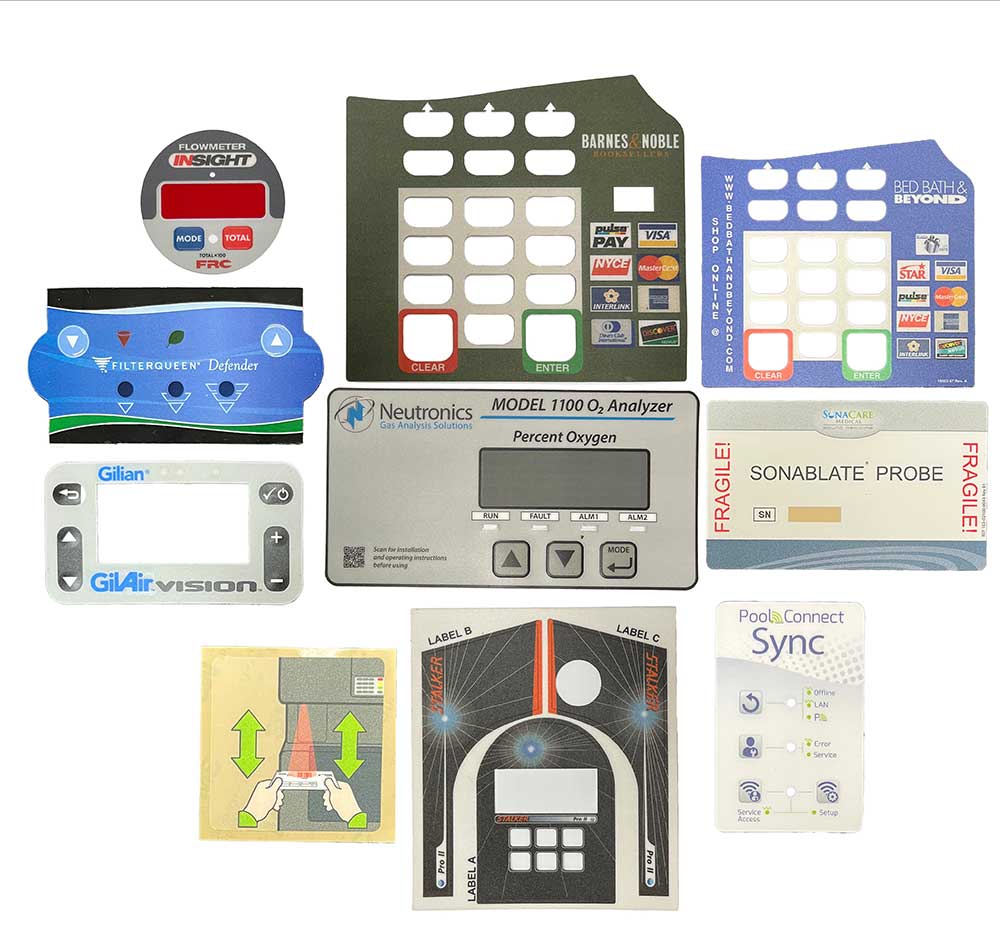Function of Graphic Overlays in Designing Durable and Aesthetic Interfaces
Comprehending Exactly How Graphic Overlays Job to Boost Your Imaginative Projects
Graphic overlays serve as an essential part in the world of creative tasks, boosting both visual interaction and target market interaction. The successful combination of these overlays needs cautious factor to consider of layout principles and objectives.
What Are Graphic Overlays?
Graphic overlays are aesthetic aspects that are positioned on top of a base photo or interface to enhance interaction and individual experience. They offer numerous purposes, including offering added information, assisting user communication, and improving aesthetic appeal. Typical applications of visuals overlays can be located in digital interfaces, advertising and marketing, and educational materials.

Graphic overlays are typically developed utilizing style software, allowing developers to adjust shade, size, and transparency to accomplish the wanted result. Comprehending how to properly apply visuals overlays is vital for designers intending to elevate their creative tasks.

Benefits of Making Use Of Graphic Overlays
Making use of visuals overlays can significantly boost the efficiency of visual interaction throughout different tools. One of the main advantages is the capacity to communicate complicated info succinctly. By layering graphics, message, and pictures, overlays promote the presentation of data in an extra absorbable layout, making it much easier for target markets to realize essential concepts swiftly.
In addition, graphic overlays can improve visual appeal, accentuating particular elements within a layout. This is especially advantageous in marketing and advertising, where capturing the visitor's rate of interest is paramount. The strategic usage of colors, shapes, and typography in overlays can develop a engaging and cohesive aesthetic narrative, improving brand recognition.
Additionally, visuals overlays offer flexibility in layout. They enable creators to adapt material for various systems without going back to square one, guaranteeing consistency throughout different networks. This adaptability is important in today's digital landscape, where material has to be enhanced for varied tools and formats.
Kinds Of Graphic Overlays
When taking into consideration the various kinds of graphic overlays, it is necessary to acknowledge their varied applications across different sectors. Graphic overlays can be categorized mostly into three kinds: practical, attractive, and informational.
Useful overlays are developed to improve the usability of a product. Typically located in electronic gadgets, these overlays often provide tactile feedback with increased buttons or distinctive surface areas, enhancing customer interaction. They can likewise offer as a protective layer, safeguarding the underlying elements from wear and tear.
Attractive overlays concentrate on visual improvement, allowing brand names to express their identification with vibrant designs and custom-made graphics. These overlays are common in product packaging, advertising, and point-of-sale products, where aesthetic charm is crucial for attracting customers.
Informative overlays, on the other hand, are made use of to communicate essential data or guidelines. They can be seen in applications such as signage, individual handbooks, and educational graphics, where quality and readability are critical.
Each kind of graphic overlay offers a special function, adding to the overall effectiveness of imaginative jobs while addressing specific needs within numerous industries. Recognizing these distinctions is vital for selecting the right overlay for your job.
Best Practices for Implementation
To make sure the successful implementation of visuals overlays, it is essential to develop a clear understanding of the project's goals and the certain demands of the end-users. Begin by performing detailed research to determine the target audience and their choices, as this will certainly educate design choices and capability.
Following, develop a detailed plan that describes the overlay's assimilation, layout, and purpose process. This plan should consist of customer interface factors to consider, making certain that overlays enhance instead of his explanation obstruct the customer experience - Graphic Overlays. Keep and think about the visual hierarchy uniformity in style aspects, such as color schemes, typefaces, and symbols, to advertise brand comprehensibility
Testing is vital; gather comments from a representative sample of customers to determine potential concerns and areas for renovation. Iterate on the style based upon individual input and efficiency data. In addition, make sure compatibility throughout various gadgets and platforms to optimize availability.
Devices for Producing Overlays
Producing effective graphic overlays calls for the right tools to convert style principles into practical applications. Numerous software and platforms are offered, each tailored to particular requirements and ability degrees.
Adobe Photoshop and Illustrator are sector standards, using considerable capabilities for producing and controling overlays. These tools give advanced features such as layer administration, mixing settings, and vector graphics, making it possible for designers to produce premium and complex overlays.
For those looking for a much more straightforward strategy, Canva and Figma are excellent alternatives (Graphic Overlays). Canva's user-friendly interface permits customers to develop overlays promptly making use of pre-designed templates, while Figma assists in collaborative layout in real-time, read here making it perfect for teams
Additionally, open-source alternatives like GIMP and Inkscape offer robust functionalities without the associated prices of exclusive software. These tools allow for adaptability in layout and can fit different file formats, guaranteeing compatibility across various platforms.

Conclusion
In final thought, graphic overlays serve as powerful devices for improving innovative projects by supplying aesthetic clarity, visual appeal, and brand name uniformity. By understanding the essential principles and benefits linked with graphic overlays, creators can considerably improve the quality and performance of their aesthetic interactions.
Graphic overlays serve as an essential component in the world of creative projects, improving both aesthetic interaction and audience involvement.Graphic overlays are commonly created utilizing design software program, permitting designers to adjust dimension, openness, and shade to accomplish the preferred result.In addition, graphic overlays can boost visual charm, attracting attention to details elements within a style.Furthermore, visuals overlays give flexibility in design.In verdict, visuals overlays offer as powerful tools for improving innovative click this site tasks by offering aesthetic clearness, visual appeal, and brand name consistency.